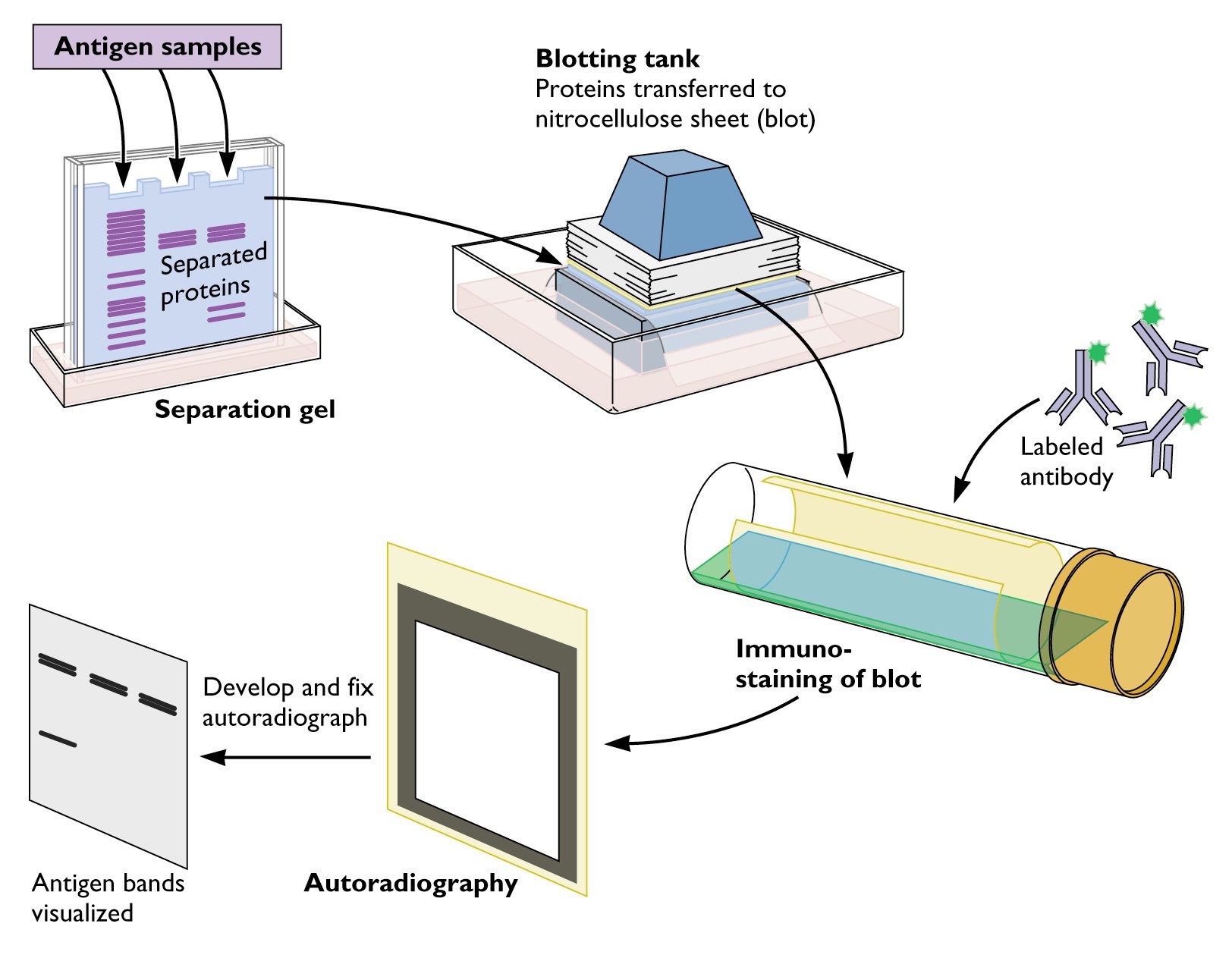

Comparing protein signatures-the expression levels of specific arrays of proteins-between samples is an important method for evaluating cellular responses to a multitude of environmental factors and stresses. The sequence can also tell us something about the function of a particular part of the DNA, such as whether it encodes a particular protein. The sequence of a DNA molecule can help us identify an organism when compared to known sequences housed in a database. Explain the method and uses of polymerase chain reaction and DNA sequencing.Describe the methods uses to separate and visualize protein variants.Explain the principles and uses of microarray analysis.Compare and contrast Southern and northern blots.Explain the principle of restriction fragment length polymorphism analysis and its uses.Explain the use of gel electrophoresis to separate DNA fragments.Explain the use of nucleic acid probes to visualize specific DNA sequences.Eukaryotic and prokaryotic organisms normally contain DNA in a double-stranded state, yet several important biological processes transiently involve single-stranded regions.By the end of this section, you will be able to: DNA DNA A deoxyribonucleotide polymer that is the primary genetic material of all cells.Pulmonary Function TestsĪll blotting techniques use electrophoresis, which involves using an electrical field to separate molecules. The distinction between gamma rays and x-rays is based on their radiation source. The short wavelength end of the x-ray spectrum overlaps the gamma rays wavelength range. Soft x-rays or grenz rays are less energetic and longer in wavelength. Hard x-rays are the higher energy, shorter wavelength x-rays. X-ray wavelengths range from 1 pm to 10 nm. X-ray X-ray Penetrating electromagnetic radiation emitted when the inner orbital electrons of an atom are excited and release radiant energy.The various Ig classes are IgG (the most abundant), IgM, IgE, IgD, and IgA, which differ in their biologic features, structure, target specificity, and distribution. Probe Probe A device placed on the patient’s body to visualize a target Ultrasound (Sonography)Īntibodies Antibodies Immunoglobulins (Igs), also known as antibodies, are glycoprotein molecules produced by plasma cells that act in immune responses by recognizing and binding particular antigens. RNA is unique among biological macromolecules in that it can encode genetic information, serve as an abundant structural component of cells, and also possesses catalytic activity. RNA RNA A polynucleotide consisting essentially of chains with a repeating backbone of phosphate and ribose units to which nitrogenous bases are attached. DNA, which consists of a polysugar-phosphate backbone possessing projections of purines (adenine and guanine) and pyrimidines (thymine and cytosine), forms a double helix that is held together by hydrogen bonds between these purines and pyrimidines (adenine to thymine and guanine to cytosine). Eukaryotic and prokaryotic organisms normally contain DNA in a double-stranded state, yet several important biological processes transiently involve single-stranded regions. Eastern (rarely used in clinical setting)Ĭharacteristics of Southern, Northern, and Western blots TechniqueĭNA DNA A deoxyribonucleotide polymer that is the primary genetic material of all cells.Detection with a labeled probe Probe A device placed on the patient’s body to visualize a target Ultrasound (Sonography).The specific sequence of amino acids determines the shape the polypeptide will take, during protein folding, and the function of the protein. Acid-Base Balance and proteins Proteins Linear polypeptides that are synthesized on ribosomes and may be further modified, crosslinked, cleaved, or assembled into complex proteins with several subunits. An extension of the term includes substances dissolved in media other than water.
ANTIBODIES ARE NOT USED IN NORTHERN BLOT ANALYSIS CHEGG PRO
Students: Educators’ Pro Tips for Tough Topicsīlotting is an investigative technique used to detect and identify macromolecules, such as nucleic acids Acids Chemical compounds which yield hydrogen ions or protons when dissolved in water, whose hydrogen can be replaced by metals or basic radicals, or which react with bases to form salts and water (neutralization).Maternity Nursing and Care of the Childbearing Family.Diversity, Equity, Inclusion, and Belonging.


 0 kommentar(er)
0 kommentar(er)
